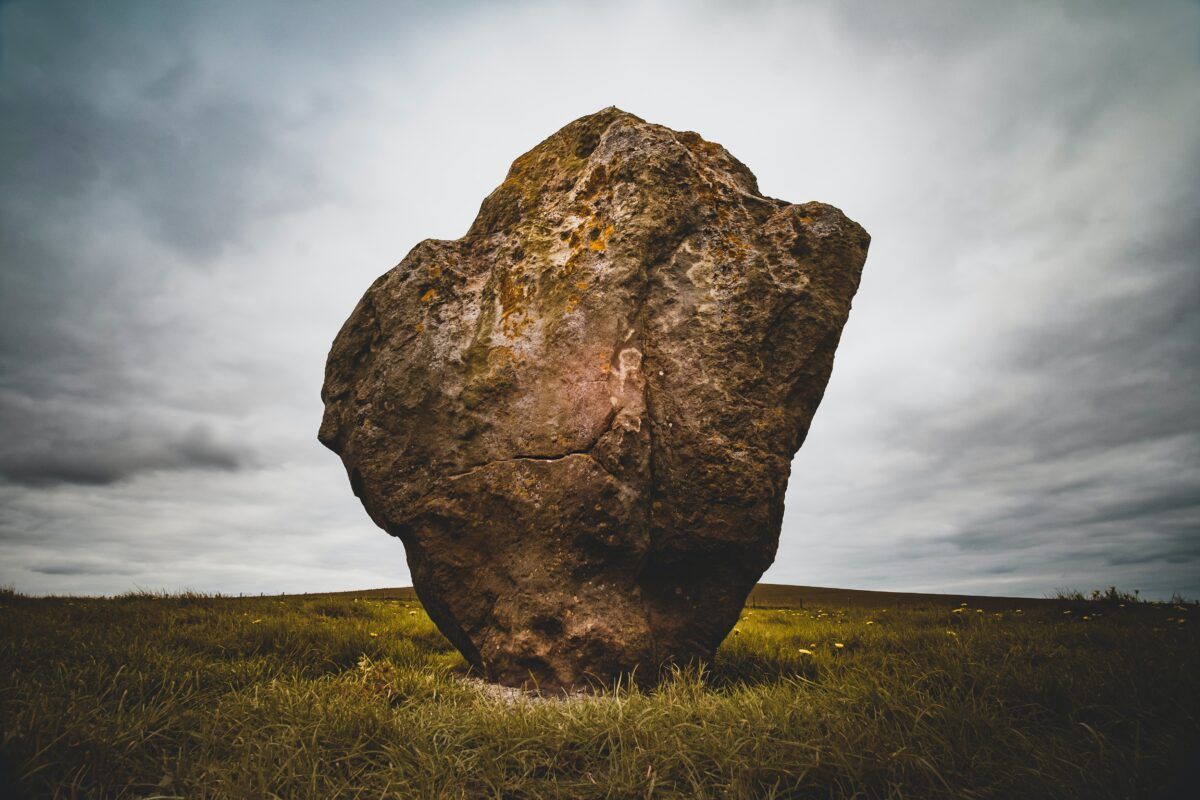If ever you’ve been to Hyderabad, or other Deccan cities and towns, you will be familiar with the unique rock formations that dot the landscape. Big and small roundels balanced precariously on top of each other. Sometimes it seems like the handiwork of Gods, who, perhaps bored of playing with pebbles, have scattered them randomly on the ground. These rocks date back to 2.5 million years before the dinosaurs roamed the earth. On close observation, one can see the folds indicating how once lava would have flowed and later solidified. Over the years, water and wind have sculpted the rocks into stunning shapes. You need discerning eyes to appreciate them. Spend time with rocks, and myriad ideas will begin to sprout in your head. My favourite rock formation is the one visible from my balcony. This perspective shows a steep rock, taller than the rest, surrounded by smaller ones, which reminds me of Shiva encircled by his ganas.
Till last year, there were many rocks in the vacant plot behind my apartment complex. Brownish pink in colour, they assumed another fascinating form during rain. They looked like lazy hippos, a wet pink, with only their backs peeping out from the water. I noted that when the sun came out, the rocks dried very quickly. The work of the rains came to naught in no time. Perhaps this idea of rocks becoming wet and dry stayed with me and took shape of this poem.
(I have been forced to write these paragraphs, much against my wishes, as the poem is short of 200 words. But, all’s well that ends well. It does add a touch.:)
I bring to you a hardened heart
Scorched and pickled
Under the sun.
It glistens awhile
In sudden showers.
Turns stony in no time.
Many lifetimes may
Come and go
Before it learns
To soak up grace.
Before it remembers
It was soil once
— Soft, porous, and aromatic.
In your hands, my heart is ready
To trust, to give up
To crumble down completely.
All I offer is a weather-beaten heart
My beloved master!
Break the stony crust
Reveal its fragrant fertile self
That sustains life in myriad spaces:
Fields, pots, cracks, and crevices.
(Image credit: Zoltan Tasi on Unsplash)









Comments & Discussion
8 COMMENTS
Please login to read members' comments and participate in the discussion.